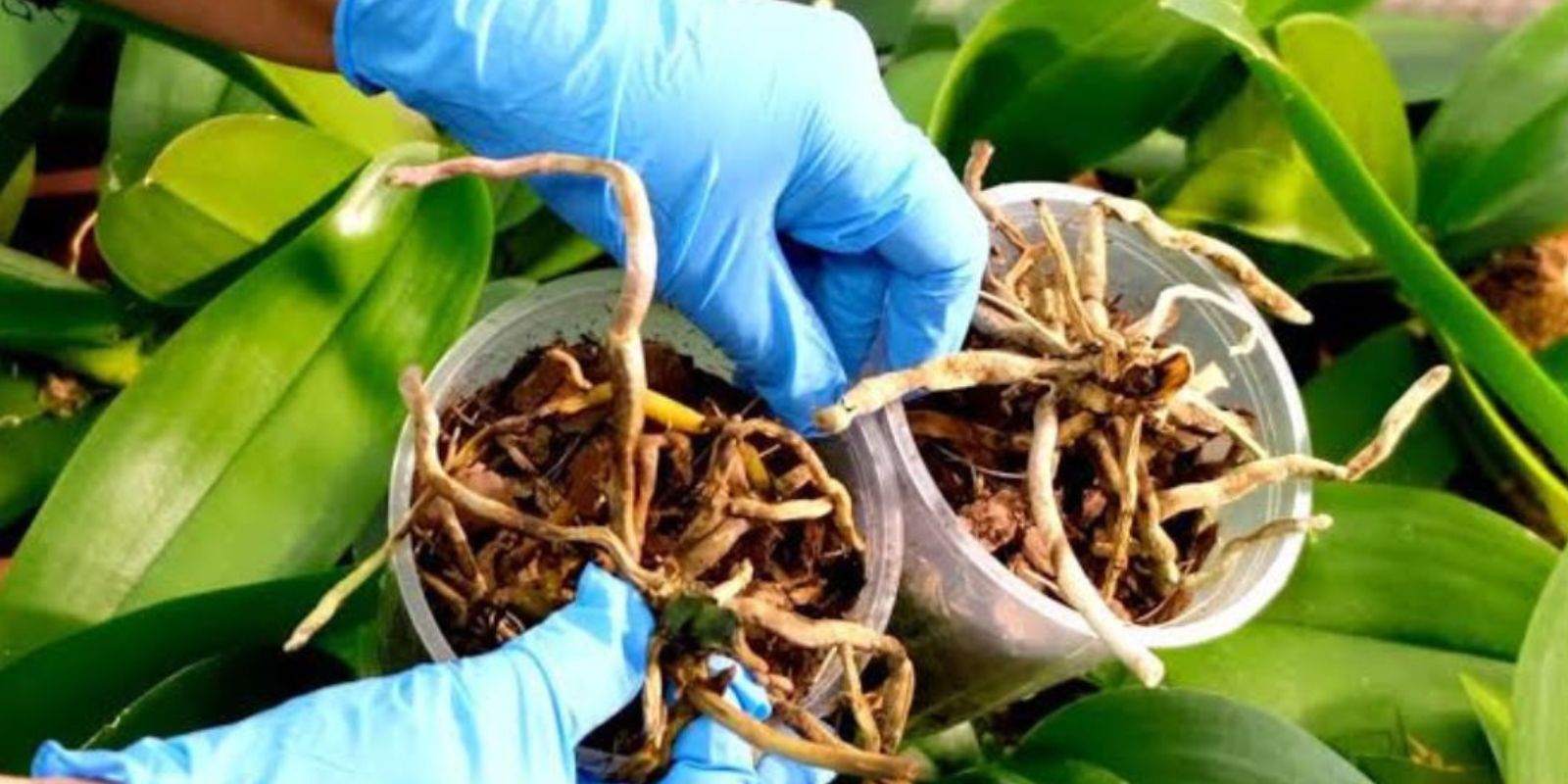Orchids are among the most elegant and sought-after plants, admired for their exquisite blooms and ability to elevate any indoor or outdoor space. While their beauty is captivating, orchids are often seen as challenging to care for. However, with the right knowledge and techniques, you can grow thriving orchids that bloom year after year. This guide delves into expert tips and secrets to help you master the art of orchid care.
Understanding Orchid Basics
Before diving into specific care techniques, it’s essential to understand the nature of orchids. Most orchids are epiphytes, meaning they grow naturally on trees rather than in soil. This unique trait explains their preference for well-aerated roots, bright but indirect light, and careful watering. Knowing these basics will help you create an environment where your orchids can flourish.
1. Light: The Key to Healthy Growth and Blooms
Orchids require bright, indirect light to thrive. Direct sunlight can scorch their leaves, while insufficient light can hinder flowering.
- Positioning: Place your orchid near an east-facing window for soft morning light or use sheer curtains to filter sunlight from a south- or west-facing window.
- Signs of Proper Light: Healthy orchid leaves are light green. If leaves turn dark green, the plant needs more light, and if they become yellow or scorched, reduce exposure.
- Artificial Light: If natural light is limited, consider using grow lights designed for orchids.
2. Watering: Strike the Right Balance
Watering orchids is often where many enthusiasts go wrong. These plants don’t like to be overwatered, as it can lead to root rot, but they also dislike being too dry.
- Check the Substrate: Always let the potting medium dry slightly between waterings. Stick a finger into the substrate to test moisture levels.
- Watering Schedule: Water every 5-10 days, depending on the climate and season. Orchids need less water in winter.
- Drainage: Ensure your pot has drainage holes to prevent water from pooling at the bottom.
3. Substrate: Providing the Perfect Growing Medium
Orchids don’t grow in soil. Instead, they thrive in a well-draining, airy medium that mimics their natural habitat.
- Bark Mix: Pine bark is a popular choice for most orchids, offering excellent drainage and aeration.
- Sphagnum Moss: This retains more moisture and is ideal for orchids in dry environments.
- Combination: A mix of bark and moss works well for beginners.
4. Temperature: Mimic Nature’s Cycles
Temperature fluctuations between day and night play a significant role in promoting orchid blooms.
- Ideal Range: Orchids prefer daytime temperatures of 70–80°F (21–27°C) and nighttime temperatures of 60–70°F (16–21°C).
- Cool Nights: Expose your orchid to slightly cooler temperatures at night during the flowering season to encourage bloom spikes.
5. Fertilizing: Feed for Flourishing Blooms
Orchids require consistent nutrients for healthy growth and vibrant flowers.
- Type of Fertilizer: Use a balanced orchid fertilizer with equal parts nitrogen (N), phosphorus (P), and potassium (K).
- Frequency: Feed orchids every two weeks during active growth and monthly during dormancy.
- Dilution: Always dilute the fertilizer to half or quarter strength to avoid overfeeding, which can damage roots.
6. Humidity: Creating the Ideal Environment
Orchids originate from tropical climates with high humidity, making it a critical factor in their care.
- Optimal Range: Maintain humidity levels between 50-70%.
- Increasing Humidity: Use a humidity tray, mist the leaves, or place a humidifier near your plants.
- Air Circulation: Avoid stagnant air by ensuring good ventilation, which helps prevent fungal and bacterial issues.
7. Ventilation: The Unsung Hero of Orchid Care
Good air circulation keeps orchids healthy and disease-free.
- Why It Matters: Without airflow, excess moisture can lead to fungal infections and root rot.
- Tips: Use a small fan on a low setting or open windows to allow fresh air to circulate.
8. Repotting: Keep the Roots Happy
Over time, the potting medium can break down, suffocating the roots. Repotting rejuvenates the plant and provides space for growth.
- When to Repot: Repot every 1-2 years or when the substrate starts to decompose.
- How to Repot: Gently remove the orchid from its pot, trim dead roots, and repot in fresh medium.
9. Pruning: Encouraging New Growth
Pruning dead or spent parts of the orchid helps redirect energy toward new blooms.
- After Blooming: Trim the flower spike just above a node to encourage a new spike.
- Removing Dead Leaves: Cut off yellow or brown leaves to prevent disease spread.
10. Common Orchid Problems and Solutions
Even with the best care, orchids can face challenges. Here’s how to address common issues:
- Yellow Leaves: Often caused by overwatering or too much light. Adjust accordingly.
- Root Rot: Remove the plant, trim rotten roots, and repot in fresh, dry medium.
- No Blooms: Check light, temperature, and fertilization practices. Orchids need a specific balance to flower.
11. Orchid Varieties and Their Needs
Different orchid species have unique care requirements.
- Phalaenopsis (Moth Orchids): Easy to care for, ideal for beginners.
- Cattleya Orchids: Known for large, fragrant blooms, require more light.
- Dendrobium Orchids: Prefer cooler temperatures.
12. Patience and Observation: The Ultimate Tips
Caring for orchids requires patience. They may take time to adjust to new environments, and their bloom cycles vary.
- Observation: Regularly check for changes in leaves, roots, and blooms to spot potential issues early.
- Consistency: Stick to a routine for watering, fertilizing, and light exposure.
Conclusion: Unlock the Beauty of Orchids
Mastering orchid care may seem daunting at first, but with the right approach, these elegant plants can reward you with stunning, long-lasting blooms. By understanding their needs for light, water, substrate, temperature, and humidity, you can create the perfect environment for them to thrive.
Share your orchid success stories or ask questions below—let’s grow together!
#OrchidCare #GardeningTips #Houseplants #BloomingOrchids #PlantLovers

